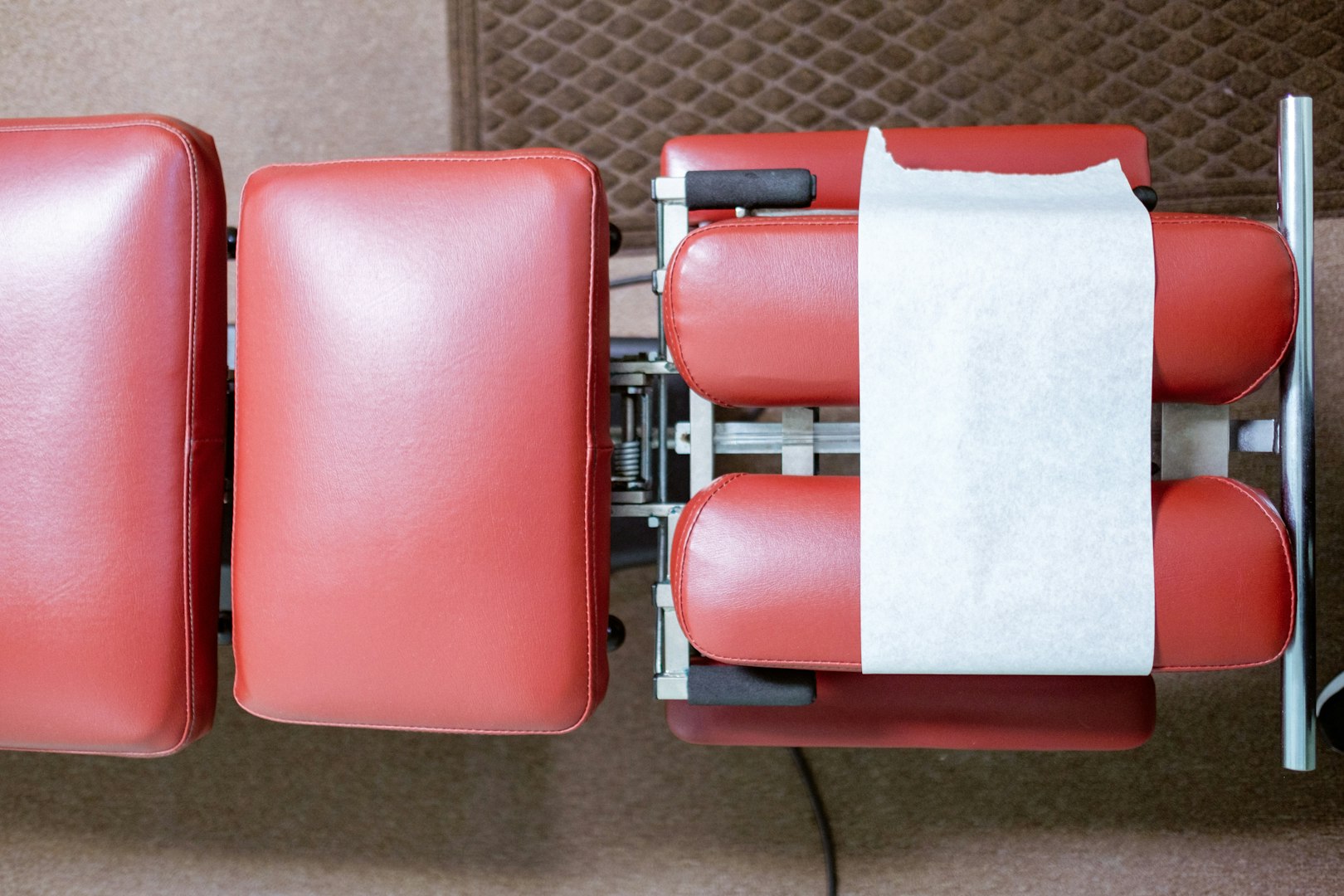
What to Expect on Your First Chiropractic Visit: A Step-by-Step Guide
Visiting a chiropractor for the first time can be a bit intimidating, especially if you're not familiar with what the treatment involves. Chiropractic care is a safe, natural, and effective way to address musculoskeletal pain, improve mobility, and enhance overall health. However, understanding the process ahead of time can help ease any concerns and prepare you for your first visit.
In this step-by-step guide, we’ll walk you through what to expect during your initial chiropractic consultation so you can feel confident and comfortable throughout the experience.
1. Initial Paperwork and Intake Forms
What to Expect: Your first visit will typically begin with filling out some paperwork. These forms are essential for the chiropractor to understand your health history and current condition. Expect to answer questions about your medical history, lifestyle, any current medications, previous surgeries, and any symptoms or pain you’re experiencing.
Why It’s Important: This information helps the chiropractor assess your overall health and determine if chiropractic care is appropriate for you. It also allows them to create a personalized treatment plan tailored to your specific needs.
2. Consultation with the Chiropractor
What to Expect: Once your paperwork is complete, you’ll have a one-on-one consultation with the chiropractor. During this conversation, the chiropractor will ask detailed questions about your health concerns, pain levels, and daily activities. Be prepared to describe the location, intensity, and duration of your pain, as well as any other symptoms you might be experiencing, such as stiffness, headaches, or numbness.
Why It’s Important: This consultation allows the chiropractor to get a thorough understanding of your health condition and determine the best course of action. It also gives you an opportunity to ask any questions or express concerns you may have about chiropractic care.
3. Physical Examination
What to Expect: After the consultation, the chiropractor will conduct a physical examination to assess your posture, muscle tone, joint movement, and overall mobility. You may be asked to perform some simple movements, such as bending, twisting, or walking, to help the chiropractor assess how your body is functioning.
The chiropractor may also check for areas of tenderness, muscle spasms, or joint misalignments. They might also perform specific tests to assess your nervous system function, such as reflex tests or palpation (feeling the spine and joints).
Why It’s Important: The physical examination helps the chiropractor identify any misalignments, areas of discomfort, or restrictions in movement. It also allows them to assess how the spine, joints, and nervous system are functioning together, which is key to creating an effective treatment plan.
4. Diagnostic Imaging (If Needed)
What to Expect: In some cases, the chiropractor may recommend diagnostic imaging, such as X-rays, to get a clearer picture of your spine and joints. This is usually done if the chiropractor suspects there may be a more complex issue, such as a herniated disc, bone spurs, or misalignments that aren’t easily identified through a physical exam alone.
Why It’s Important: Diagnostic imaging helps the chiropractor gain a deeper understanding of your condition and ensures that they’re providing the most accurate and effective treatment plan. Not all patients will need X-rays, but if you do, it’s an important step in identifying underlying issues that may be contributing to your pain or discomfort.
5. Discussion of Findings and Treatment Plan
What to Expect: After the examination and any necessary diagnostic imaging, the chiropractor will explain their findings and discuss your diagnosis. They will outline their treatment recommendations and explain how chiropractic adjustments can help address the underlying cause of your pain or discomfort.
The chiropractor will also discuss your treatment goals, the frequency of visits, and the overall expected timeline for your recovery. They may suggest a combination of chiropractic adjustments, exercises, stretches, and lifestyle modifications to help you achieve optimal results.
Why It’s Important: This step ensures that you have a clear understanding of your condition and the proposed treatment plan. It’s also an opportunity for you to ask any questions about your treatment, recovery time, and what to expect going forward.
6. First Chiropractic Adjustment
What to Expect: If you're comfortable and the chiropractor believes it’s appropriate, your first chiropractic adjustment may take place during this visit. A chiropractic adjustment involves the chiropractor applying precise and controlled force to a joint, typically the spine, to restore proper alignment and improve movement.
You may be asked to lie down on a treatment table, and the chiropractor will guide you through different positions to ensure you're comfortable. The adjustment itself may involve a quick thrust or a gentle, hands-on technique to realign the spine. Many patients report hearing a “popping” sound, which is simply the release of gas from the joints as they realign.
Why It’s Important: The chiropractic adjustment is designed to reduce pain, improve mobility, and promote healing. It’s often the most effective way to correct spinal misalignments and restore proper function to the nervous system.
7. Post-Adjustment Care and Recommendations
What to Expect: After your adjustment, the chiropractor will provide guidance on what to do next. They may offer advice on stretches, exercises, or lifestyle changes to help support your healing process. You may also be given recommendations on how to maintain proper posture or avoid activities that could strain your back or joints.
Some patients may experience mild soreness or fatigue after their first adjustment, which is a normal response as your body begins to adapt to the changes. The chiropractor may suggest ways to alleviate these symptoms, such as applying ice or taking over-the-counter pain relievers.
Why It’s Important: Post-adjustment care is key to ensuring that the benefits of your chiropractic treatment are long-lasting. It helps your body adjust and heal more effectively, and it reduces the chances of needing more frequent adjustments.
8. Follow-Up Visits and Ongoing Care
What to Expect: Depending on your condition, your chiropractor may recommend follow-up visits to continue treatment. Chiropractic care is often most effective with regular adjustments, and the frequency of visits will vary based on your individual needs and goals. Some patients may need several visits within the first few weeks, while others may only require occasional visits for maintenance.
Why It’s Important: Ongoing care ensures that your body remains in optimal alignment and that you continue to progress toward your health goals. Chiropractors will monitor your progress and make adjustments to the treatment plan as needed to help you maintain long-term health and well-being.
Your first chiropractic visit is a crucial step toward improving your health, reducing pain, and enhancing your overall well-being. From the initial consultation to your first adjustment, chiropractic care focuses on restoring your body’s natural alignment, supporting the nervous system, and promoting healing. By understanding what to expect on your first visit, you can feel more confident and comfortable throughout the process.
If you're ready to experience the benefits of chiropractic care, schedule your consultation today and take the first step toward a pain-free, healthier lifestyle!
